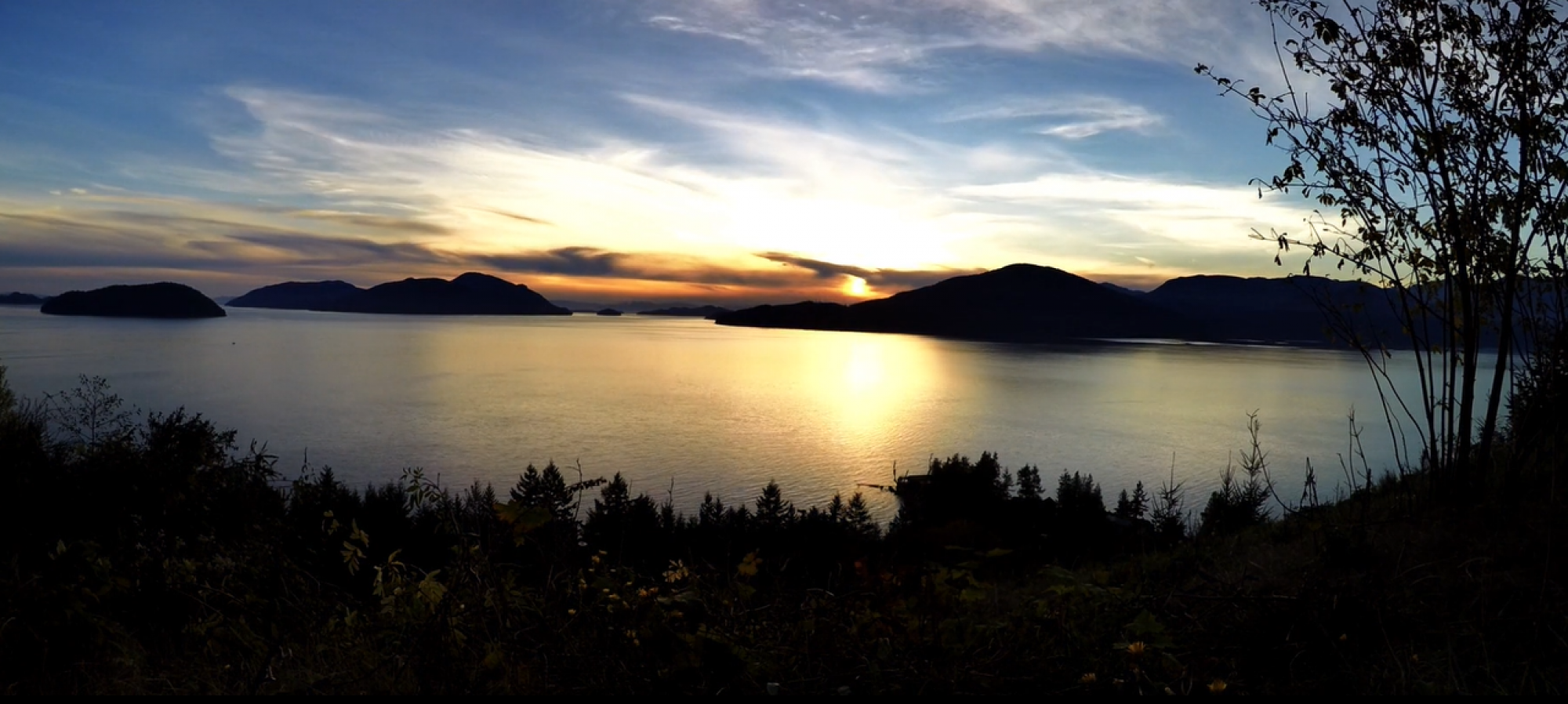In AP biology class, we’ve just finished up our Unit 1: Ecology!!!! We’ve talked about important subunits including Biomes, Population Ecology, Population Growth, Community Ecology, Energy & Matter, and Conservation Ecology.
In our last subunit, we had an assignment and that is to write a report about the conservation issue for a particular species/community/population in Cambodia. In that report, we have to describe its ecological significance, value to human communities, threats and the effects on biodiversity, current conservation actions, predictions, and our future recommendations.
I chose to talk about Indochinese tigers; why? Well, Cambodia was known as a country with the second largest Indochinese tigers’ population in 1999. And guess what? Due to anthropogenic threats such as poaching of tigers and it preys, habitat fragmentation, and habitat degradation caused by massive deforestation, it is now pronounced functionally extinct. The last seen tiger was in Srepok Wildlife Sanctuary, Mondulkiri on November 2007. Inspired by the success of India, the government is working on tiger reintroduction to Cambodia specifically to the Eastern Plains Landscape.
We as the human might think that tigers are dangerous and that they eat us, but we are solely responsible for the loss of this precious species. Why should tiger be reintroduced to Cambodia? How is it this important?
Read my full report here:



